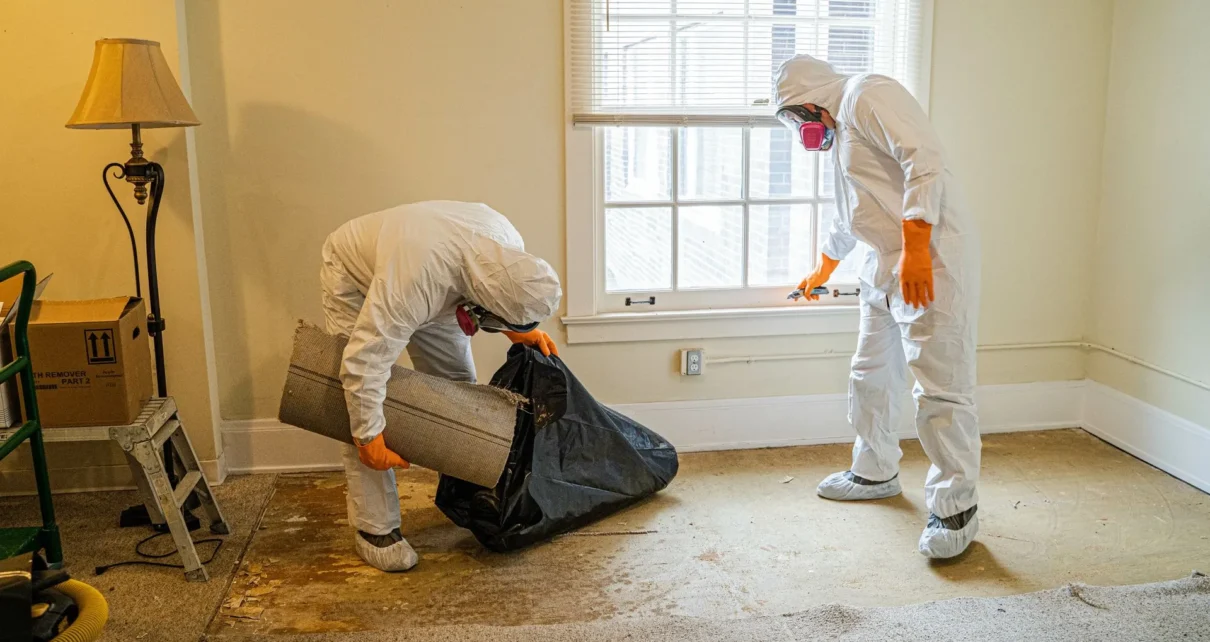Welcome to a guided journey into the preservation of Edinburgh’s rich architectural history, under threat from an unexpected enemy – water. Indeed, many of the historical edifices have stood resilient for centuries, weathering much in their lifetimes. But, recent reports suggest that these iconic structures are at risk due to water damage. A study published in The Guardian shows that over 40% of Edinburgh’s buildings are subject to threats from water damage.
The Fantastic History of Edinburgh’s Architecture
In your visits around Scotland’s capital, you observe the unique architectural styles of the city. Medieval tenements mixed with Georgian grandeur stand tall amidst a landscape painted by human history. But these structures are not without their vulnerabilities, most noticeably the impact of water damage. Everywhere you look, stories wonderfully blend with intricate carvings and grand facades.
Primordial signs of Water Damage?
Well, you start to notice darker streaks along building walls or dark patches over stone surfaces. This is where your concern begins. It is discolouration or dampness, often sneaky early indicators of potential water damage.
Principal Causes of Water Damage
A significant factor contributing to water damage on ancient buildings is England’s weather itself. With rain being prevalent across seasons, buildings especially the antiquated ones endure frequent exposure to moisture.
Rainwater – The Silent Destroyer
Capture your mind’s imagery for a moment and think of rain falling on a castle’s stony walls, trickling down with gravity and time. What seems like a regular occurrence can cause significant damage over centuries.
Edinburgh’s Neglected Gutters and Downpipes
Your attention might seldom wander towards gutters or drainage systems when admiring a building’s design. However, faulty and overflowing gutters promote water damage by channelling the rainfall directly to the structure.
Stone Types: Each reacts Differently to Water
Not all elements of a building will react in a similar fashion to water. As one delves deeper into the matter, it becomes clear that the reaction is usually dictated by the type of stone used in construction.
The Significant Impact of Freeze-Thaw Cycles
Understand how winter’s cold can have more damaging effects on Scotland’s architectural gems than might appear at first glance. This is owed to freeze-thaw cycles when water seeping into the stone freezes and thaws repeatedly, gradually causing the material to weaken and break down.
How Water Affects Iron Fixings
Water is not just restricted to affecting the stonework but older buildings’ metalwork too. Rusting caused by constant exposure to moisture is another visible sign of gradual water damage occurring within the edifice.
Microorganisms Loving Damp Surfaces
Illuminating tiny monsters you may never have seen. Fungi, lichens, and mosses are attracted to damp surfaces and thus cause rotting and degradation, further adding to potential water damage.
The Degradation of Architectural Details
You may notice beautiful carvings on historical buildings starting to lose their definition due to weathering. Prolonged water contact erodes the stone surface gradually, causing these architectural marvels to lose their original charm.
The Consequences for Structural Stability
Water can gain access to a building’s core structure through cracks or faults and adversely impact its stability over time. It causes danger not only to these ancient structures but also to those who inhabit or visit them.
The Rising Cost of Repairs and Restoration
Think about the financial implications. Repairing the damage caused by water could be highly costly, especially as historical buildings require specialised skills and materials for restoration. It is evident that prevention is better than cure in this situation.
Preventative Measures Are Imperative
By taking preventative actions now, you aid the preservation of these incredible structures for the future generation. Regularly check all systems that rain can infiltrate; repair cracks and replace faulty pipes at the earliest signs of weakness.
The Role You Can Play
Everyone has a part to play in preserving architectural history. Do your part – maintain awareness, report dangers early, support local conservation efforts, and above all else, appreciate these manifestations of human endeavours that have stood test time.
Path Forward
To ensure that Edinburgh’s architectural jewels continue to be a source of wonder and inspiration for generations to come, recognising and working against the threat of water damage is crucial. While challenges remain, steadfast commitment to their preservation can help safeguard these icons of cultural heritage for years to come.




